
Climate change unavoidable, climate summit told
Conference Hall (BMICH) yesterday, he said the world carbon dioxide level reached 450 parts per million (ppm) by March 2015.
The Paris Agreement was adopted by consensus on December 12, 2015 at the 21st Conference of the Parties (COP 21) of the UN Framework Convention on Climate Change (UNFCCC) in Paris. “We were talking about keeping it below 350 ppm. Unless we have an immediate transition in the world economy, which is based on fossil fuel, we are not going to have these types of reductions in the immediate terms,” he said.
“President Maithripala Sirisena had committed to implement the obligations of Paris Agreement in full and the Cabinet has approved the ratifications of the Paris Agreement last week and it will be tabled in Parliament and debated on the same day and approved unanimously in Parliament,” the Minister in Charge of Science, Technology and Research Susil Premajayantha said. “If technology keeps on improving and transfer as agreed in the COP 21, the temperature increase may be more controlled and there would be a better chance of survival,” the Minister further said.
Experts have forecast that even with the Paris Agreement, the global temperature would rise by 3 to 4 degree Celsius by the end of the century, Director of the Centre for Environmental Justice Hemantha Withanage said.
“The climate change is unavoidable and without any measures taken the world temperature may rise eight to ten degrees,” he said. While addressing the first day of the conference of the Paris Agreement on Climate Change and Sri Lanka’s readiness held at the Bandaranaike Memorial International
Source : 08/09/2016 Daily Mirror

Mini hydro power plants; money spinner for few; disaster for nature
Mini hydro power plants are steadily conquering the energy sector in Sri Lanka. Amidst much controversy, private companies, politicians and other influential people have resorted to this new avenue of earning a few more bucks. Even though the drainage pattern of the country is well suited for Small Hydro Power Plants (SHP), with the availability of fast flowing water to generate hydroelectricity centralized in the highlands; not all potential locations are necessarily environmentally viable. According to a research conducted by the Environmental Foundation Limited (EFL) the implementation of such less or unviable projects would lead to the irreversible damage of the environment that has a direct effect on the natural resources and ecosystem services to the communities. The Central hills and their surrounding slopes also contain most of the country’s biodiversity, especially within Protected Areas (PA’s) – areas protected under the legislation of Sri Lanka. These are called ‘NoGo’ areas for mini-hydro power plants. However, the current trend is to ignore these restrictions and establish a weir to get the maximum water flow for power generation neglecting the existing biodiversity. Further, there have been many instances where proposed project locations were shown to lie outside PA’s but lie within the PA in reality.
![]()
The initial Environmental Impact Assessment (EIA) is supposed to be the key document that determines whether the project is acceptable in the grounds of environmental, social and geological impacts and whether the environmental clearance should be granted for the said project. It is one of the principle documents needed for the approval process stipulated by the Sustainable Energy Authority (SEA), which is the main project approving agency for mini hydro power plants.
- “The IEE is not only meant to identify potential environmental, social and geological impacts but also supposed to address hydrological features which may prove the projects’ viability”
However, it fails in its objective of identifying errors and unfeasible projects due to many reasons for which the detailed discourse is timely. Supporting reports and studies for gaining approvals are the most likely to contain inaccurate, false or inadequate information, especially the Initial Environmental Examination (IEE) report. The IEE is not only meant to identify potential environmental, social and geological impacts but also supposed to address hydrological features which may prove the projects’ viability. However, EFL and many other environmentalists have encountered several instances where it was found that the proposed quantity of energy cannot be produced by the river/stream and subsequently jeopardizing the ecological health of the Rivers’ downstream through inadequate provision of the environmental flow.

Quite recently, the Daily Mirror received details about another mini hydro which will be constructed under the supervision of Rivinmo Hydro (Private) Limited, a company run by former Commander of the Sri Lanka Navy, Admiral Wasantha Karannagoda. The project is planned to be constructed within close proximity to Pundalu Oya, which belongs to the Kotmale Divisional Secretariat.
“…another mini hydro will be constructed under the supervision of Rivinmo Hydro (Private) Limited, a company run by former Commander of the Sri Lanka Navy, Admiral Wasantha Karannagoda”
Environmental experts believe that with the construction of mini hydro projects, the biodiversity is facing major threats. People in rural areas thrive on natural resources of water for farming and other purposes while they are an asset during times of drought. With the construction of mini hydro projects, most streams and estuaries would be blocked, affecting the livelihoods of the people. As such villagers in Kumbaloluwa, Madakanda, Niyamgandara, Kosgahapathana, Bogahawela, Katarandana and many other Grama Niladhari divisions use the water from Pundalu Oya for their day-to-day purposes, especially, at times of drought. With the construction of this project, the waterfalls at Egodawela and Wewahena would be affected in addition to several other natural ponds.
Another risk factor is that the location has been identified as an area that is prone to develop landslides.
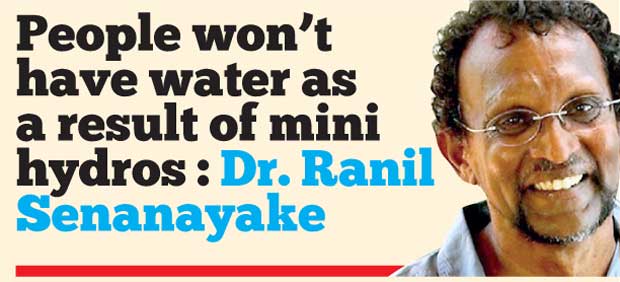
Speaking to the Daily Mirror, Systems Ecologist, Dr. Ranil Senanayake said that mini hydro power plants do have a role to play. “But before they start constructing these they should consider the Downstream Recharge Capacity. But what they do is, they block the water flowing through the stream and send it through a tube. Once the water start going through a tube, the biodiversity is adversely affected. This is an important aspect to consider because they take water from the downstream. Mini hydros do contribute but we could get an equal amount of energy if we developed wind or solar power projects as well. These will not interfere with the flow of water in a stream. We live in an island and we thrive on surface water accumulated from rainfall. If these people keep building mini-hydros ultimately we will not have any water for consumption or for any daily use.”
“Mini hydros do contribute but we could get an equal amount of energy if we develop wind or solar power projects as well”
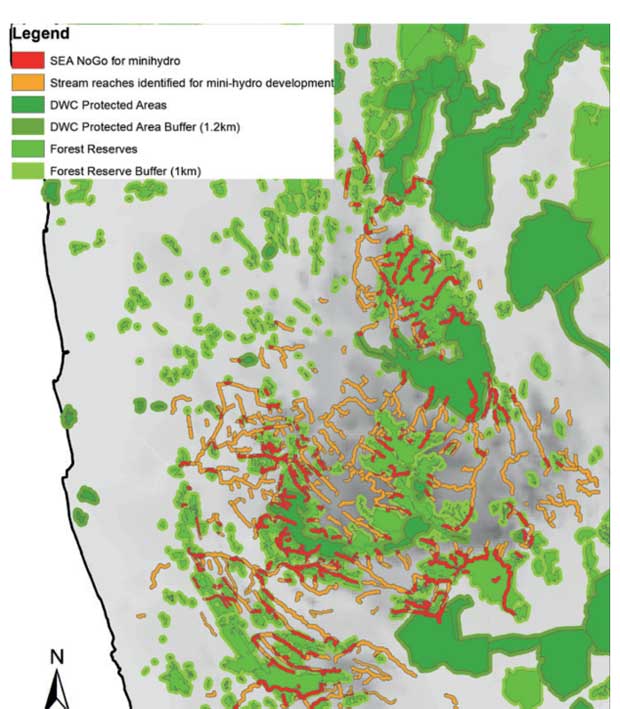

In his comments to the Daily Mirror, Central Environmental Authority (CEA), Director Hemantha Vithanage said that back in 2001 several private companies decided that an IEE would be sufficient to carry out mini hydro projects. “An IEE doesn’t require any public hearing unlike an EIA which is open for the public for a period of 30 days. Within this time, the people in that particular area can voice out their concerns in relation to the proceedings of the project. According to my knowledge, mini hydro projects cause an irreversible damage to the ecosystems in which various species survive.
“According to my knowledge, mini hydro projects cause an irreversible damage to the ecosystems in which various species survive”
We have to protect the endemic species in this country along with other natural resources like the waterfalls. For example there are only two water orchids endemic to Sri Lanka as of now and 19 species of fish. Another problem with these procedures is the fact that these people identify a 3 metre high waterfall as a ‘water drop’. As a result close to 70 locations within close proximity to a waterfall have been identified as sites for these mini hydro plants. As far as I know, there are no studies done about the impact this type of projects would cause to the biodiversity of the country. This has turned out to be a mafia for political bigwigs and private companies. I suggest that these people use alternate methods of providing energy to the national grid either through solar or wind power plants which would be less damaging to the environment as well.”

In an attempt to find more details regarding the impacts of this project, the Daily Mirror spoke to a villager, under condition of anonymity said “They still haven’t started working on the project. However, they have given the proposal suggesting few locations to the CEA but according to my knowledge, these locations had been rejected by the CEA. Many villagers are against this project. Nevertheless, it was alleged that Admiral Karannagoda had promised to build roads and benefits for the villagers in an attempt to proceed with the project. As a resident I believe that a project of this nature would cause great damage to the environment.”

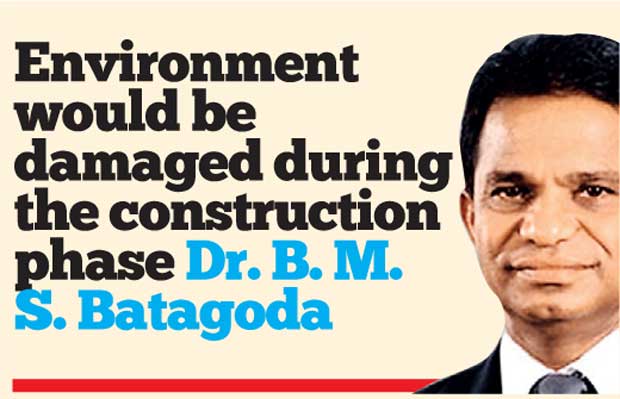
Dr. B.M.S. Batagoda, Ministry of Power and Sustainable Energy Secretary said that mini hydro power plants are one of the best resources that Sri Lanka could ever have. “These projects are definitely beneficial to our country. If not, we would not have any fuel and therefore, we have to rely on wind, solar and hydro power.
Our dream is to become an energy self-sufficient nation. Of course there is a certain amount of environmental damage done during the construction phase. Therefore we have suggested the CEA identifies all sensitive waterfalls and gazette them. Thereafter the remaining waterfalls could be utilized for the projects. The only issue is that people are not working together. Sometimes the developer is trying to find money and there is minimum coordination between the people and the developers. As of now there are around 75 projects which have been approved and I believe that around another 100 more projects will be approved in future.”
Source : 06/09/2016 Daily Mirror //www.dailymirror.lk/115321/Mini-hydro-power-plants-money-spinner-for-few-disaster-for-nature#sthash.HQio0gpB.dpuf
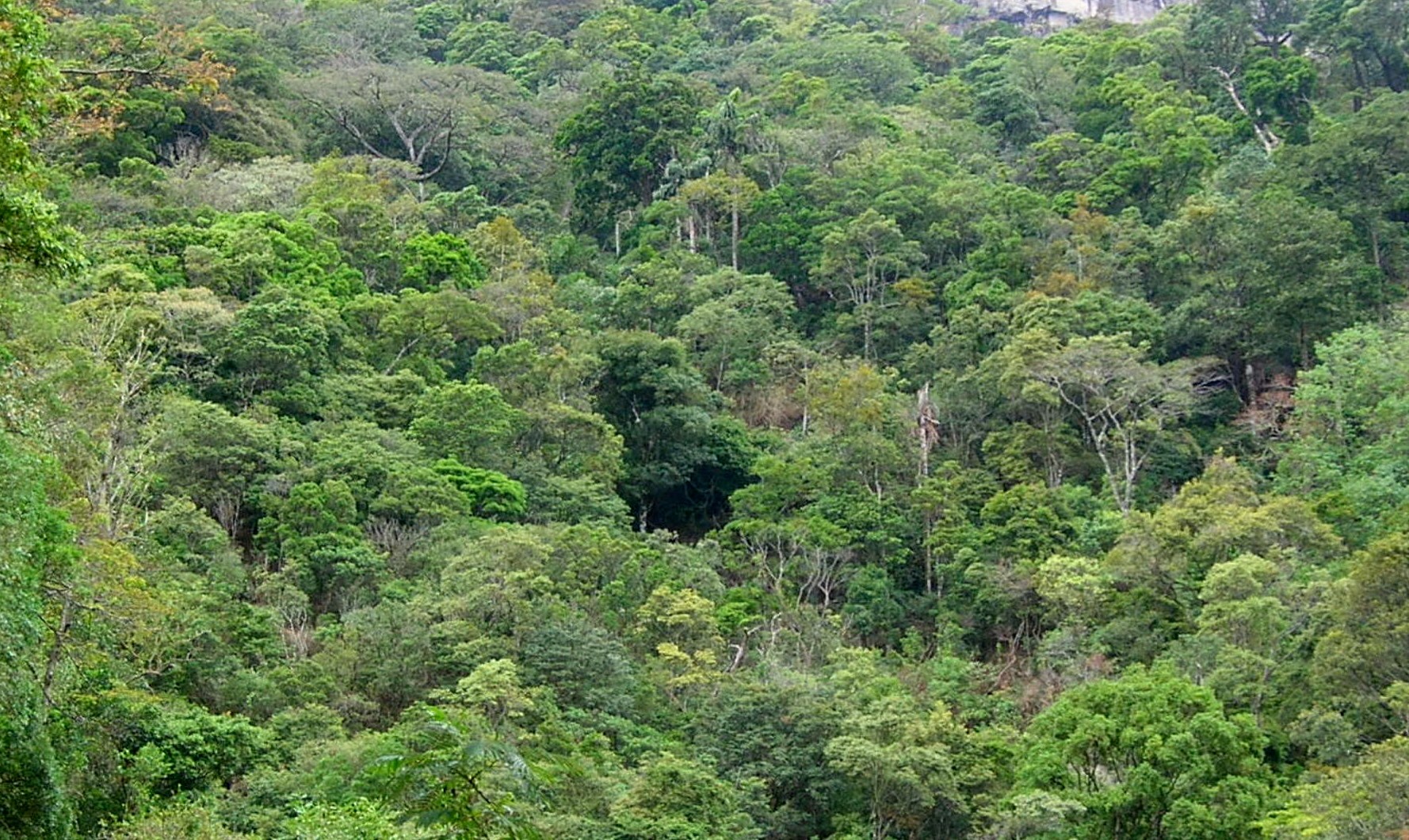
Sri Lanka to protect forests with US$45mn World Bank project
Sri Lanka’s forest and wildlife protection agencies will start project to help communities living near protected habitats to improve livelihoods and make use of natural resources without degrading or over exploiting, the World Bank said.
The World Bank is giving a 45 million dollar credit for a project that wll involve 15,000 residents, 30 percent of them women, living near protected habitats improve their livelihoods and develop income streams such as eco-tourism.
“Sri Lanka is blessed with a rich endowment of eco-systems,” Idah Pswarayi-Riddihough, World Bank Country Director for Sri Lanka and the Maldives said in a statement.
“Striking a fair balance between economy and ecology is crucial, not only for the preservation of the ecosystem but also for helping people emerge from poverty.”
“Managing this natural heritage is the responsibility of all Sri Lankans. Benefits of well managed eco-systems include, improved national economy as well as addressing challenges such as human wild life conflicts and climate change effects.”
Sri Lanka’s government wants to expand forest cover.
The project will also will develop human-elephant co-existence mechanisms and protect watersheds to boost agricultural productivity.
“The project will improve responsible planning and management of protected areas and other biologically and ecologically important locations throughout Sri Lanka,” said Darshani De Silva, Senior Environment Specialist and Project Task Team Leader.
“It will help to create sustained linkages with communities living adjacent to protected areas to ensure participation in protection of critical ecosystems and benefit sharing..”
It will improve the quality of visitor services, and raise revenue potential of forest and wildlife resources.
The capacity of Forest Department and Department of Wildlife Conservation will also be boosted to better carry out their work.
Source : 2016/09/05 Economic Next http://www.economynext.com/Sri_Lanka_to_protect_forests_with_US$45mn_World_Bank_project-3-6036-13.html
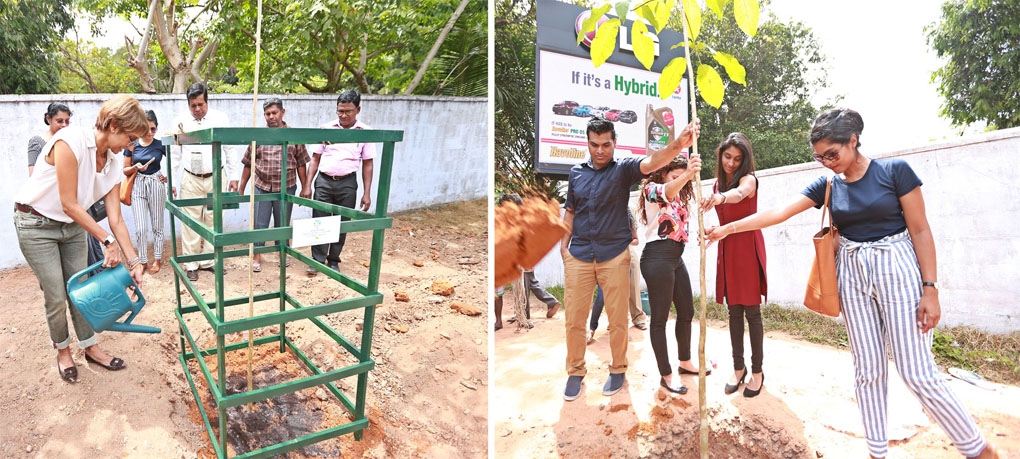
Otara Foundation launches tree planting initiative in Colombo
The Otara Foundation is partnering with the Colombo Municipal Council to increase the tree cover within the city of Colombo with a project to plant 184 trees such as Ehela, Moodilla, Karanda, Kohomba, Takomaria and Kaha-Mara, most of which are native to Sri Lanka.
The project kicked off on Tuesday 30th August with the planting of 20 Tabeuia rosea trees along Cambridge Place Colombo 7.
Among the other streets identified by the CMC to be lined with these trees are Thurstan Road, R. A. De Mel Mawatha (Duplication Road) and Galle Road.
The Otara Foundation said it will bear the cost of the trees and the protective guards around them and will also be donating branded tabards to the 25 CMC workers who will be responsible for the maintenance of the trees.
“Colombo was once much greener than it is today, and had many picturesque tree-lined roads that were cherished by the city’s residents and visitors,” said Ms Otara Gunewardene, founder and Director of the Otara Foundation. “I believe we can make Colombo and indeed Sri Lanka green again. If we each make a firm resolve to guard our trees and forests as well as get involved and plant a few trees even in our own homes or neighbourhoods, we would be doing a great service to Sri Lanka and our future generations. It is important to remember that humans as well as animals need trees for survival, so it is in our best interest to safeguard them and plant more of them. It is heart-breaking to see the rapid destruction that is happening to beautiful Sri Lanka. It is time to protect our precious environment before it is too late.”
Close to 80 per cent of Sri Lanka was under forest cover in the 1900s, but by 2010 this figure had dwindled to below 20 per cent. Sri Lanka’s deforestation rate is now one of the highest in the world with over 1 per cent being lost each year.
Besides helping keep our cities cool, absorbing air pollution and providing shelter and shade, trees produce the oxygen we breathe, help create life-giving rain, reduce erosion, guard against landslides, prevent flooding during heavy rains, produce food for humans as well as animals and are our best weapon against global warming and climate change.
Source : 04/09/2016 Lanka Business News http://www.lankabusinessnews.com/index.php/other/csr-environment/item/4669-otara-foundation-launches-tree-planting-initiative-in-colombo





